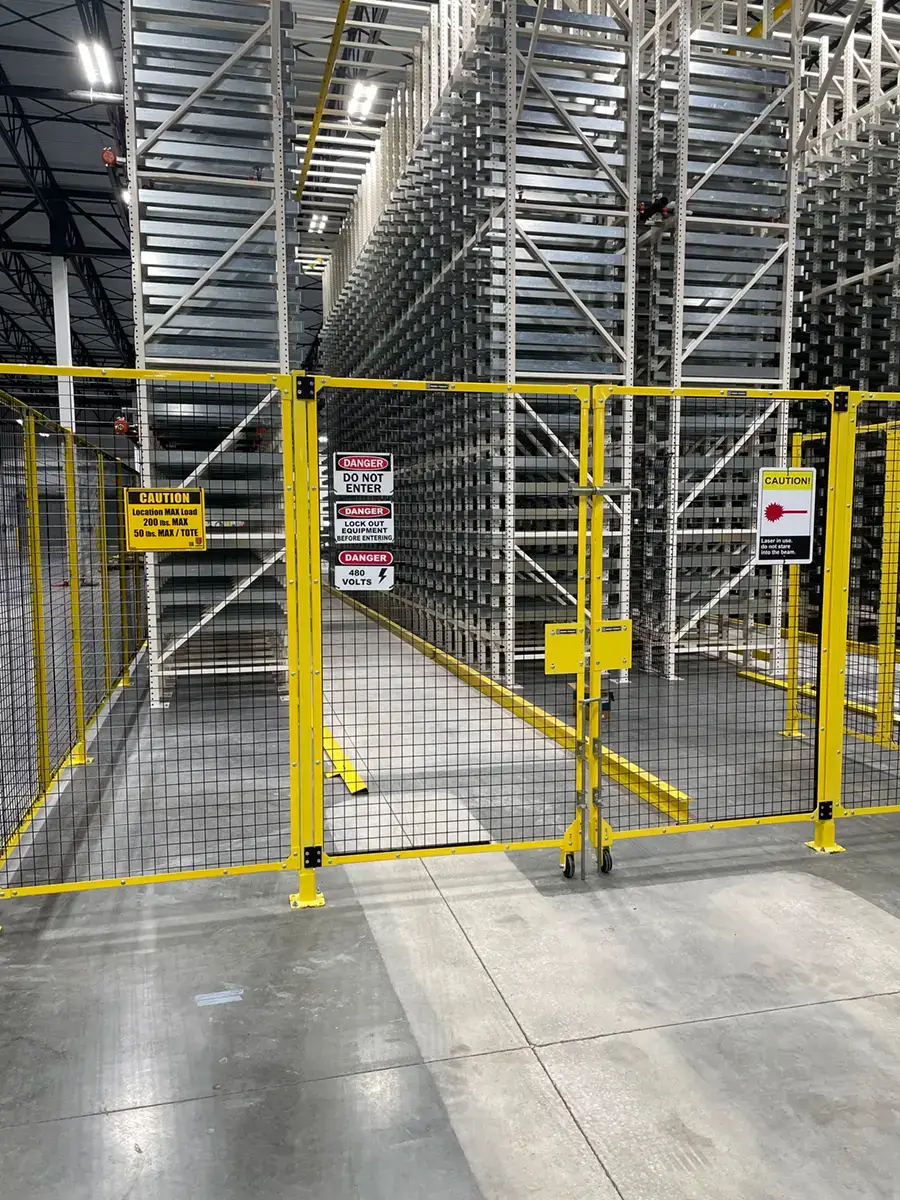
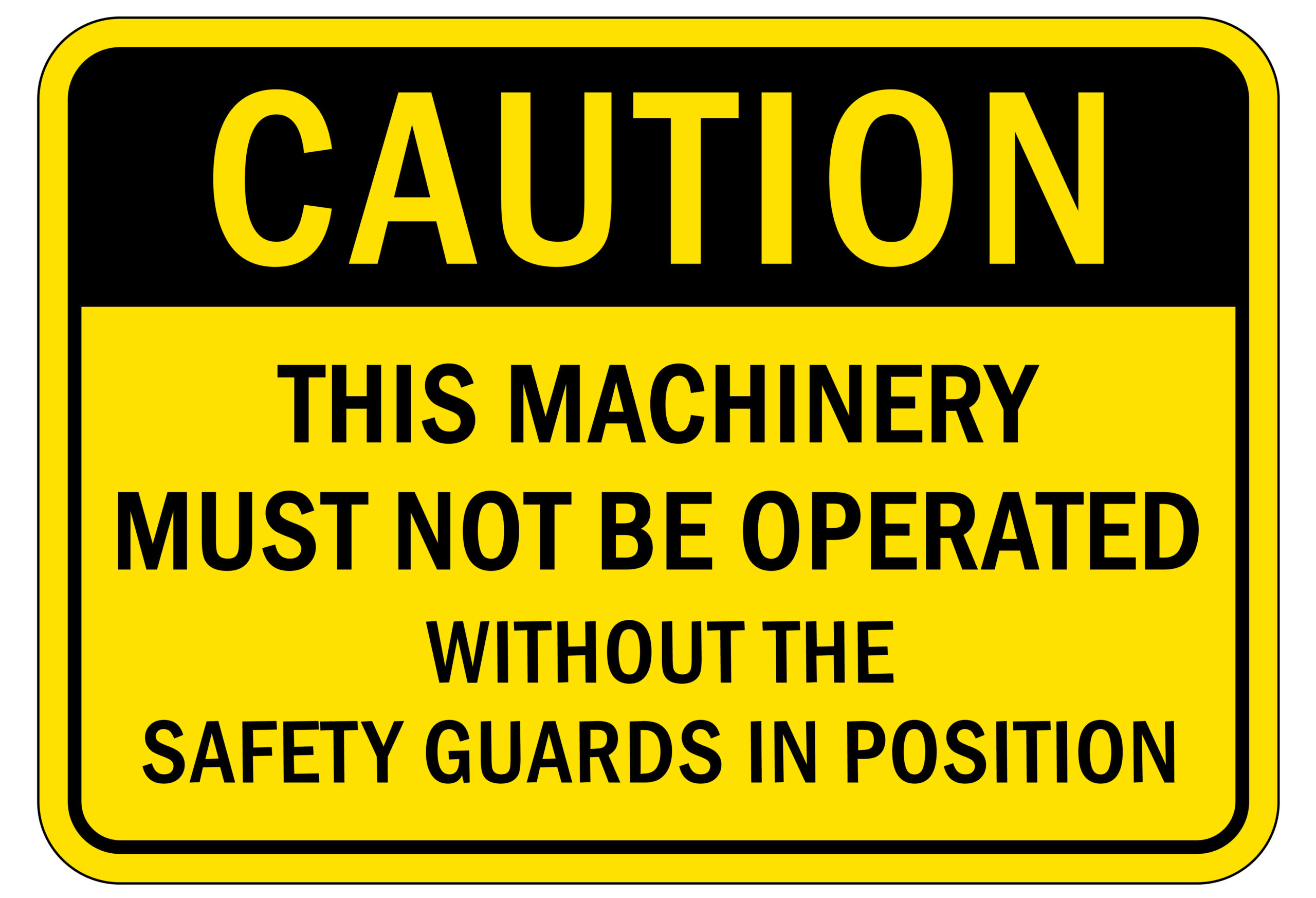
Robotic systems are extraordinarily beneficial for many applications within the manufacturing sector, but they do come with risks, including:
One way to mitigate some of these risks is by incorporating machine guarding, such as robotic fencing. However, even then, businesses must still comply with existing universal standards related to robotic systems and associated guarding to ensure worker safety.
There are three primary governing bodies responsible for developing the standards relevant to workplace safety in spaces using robotic systems: OSHA, The American National Standards Institute(ANSI)/Robotic Industries Association (RIA), and the International Organization for Standardization (ISO).
Each organization has its own universal standards, which we’ll explore below.
OSHA describes machine guarding in the United States Code of Federal Regulations (CFR) title 29, 1910.212.
Accordingly, companies using robotic systems must install machine guarding to protect operators and other workers against hazards ranging from rotating parts, flying sparks, and ingoing nip points.
The standard dictates what type of guards should be used (barrier guards, electronic safety devices, etc.) and general requirements for the guards. The primary requirement is placing barrier guards around robots to prevent humans from entering their operational zones, and point-of-operation guarding should be installed wherever the robotic equipment is processing materials.
ANSI established the standard ANSI/RIA R15.06 in conjunction with the RIA.
The standard covers how companies should produce and deploy industrial robots with protocols to maintain employees’ safety. It also addresses the need to conduct risk assessments in facilities using robotic systems.
During these risk assessments, safety officers will identify potential hazards, estimate risk factors, and determine what steps businesses should take to reduce risk. For example, a safety officer may determine that installing perimeter guards is necessary to minimize injury risks.
The ISO produces standards used globally with the cooperation of national standards member bodies and their technical committees. In the U.S., ANSI serves as the accrediting body responsible for upholding these standards.
ISO is wide-reach, but ISO 14120, ISO 13857, and ISO 13855 specifically relate to safety guarding for robotics systems.
ISO 14120 oversees the design for fixed, movable, and adjustable machinery guarding and specifies material selection, strength, and construction requirements. The standard also outlines unique requirements for guards with interlocking devices and highlights verification and validation methods for guards.
This standard relates to the measurements and the distance of guarding to prevent upper and lower limb injuries. It establishes the safety distance of workers reaching upward or through openings in protective structures, with special attention paid to whether an area is a low-risk or hazardous zone. It also highlights requirements based on different risk scenarios.
ISO 13855 covers the position and size of safeguards, including machine guarding fences, and exists to help identify potential dangers of people approaching a robotic system. The standard highlights calculation methods for minimum distances, formulas for different types of safety devices, and considerations for approach speeds, stopping/response times, and intrusion depths.
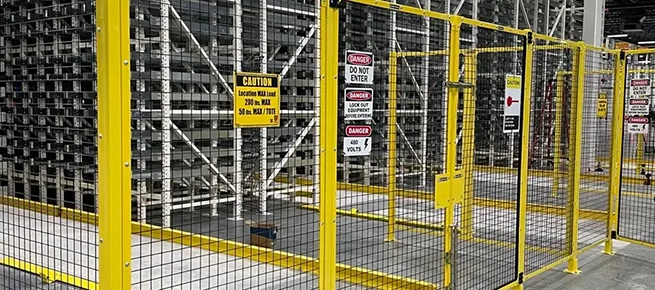
If you choose to integrate robotic systems into your company’s processes, you are responsible for ensuring workplace safety and complying with OSHA, ANSI/RIA, and ISO standards.
One way to ensure this responsibility is upheld is to work with experts like ROBO FENCE® who know how to design compliant safety fencing.
We have over 40 years of experience providing custom-built, OSHA-approved guarding fences for companies worldwide. All guarding we produce is made directly in the United States at our Michigan-based facility.
As industry leaders, we also adhere to ANSI/RIA and ISO standards for robotic safety. All products we manufacture have passed ISO 14120:2015 Annex C impact testing and meet CE safety inspections to ensure compliance with both U.S. and European safety regulations. Please visit our website to learn more about our design and consulting capabilities, or contact us today to talk to one of our experts.

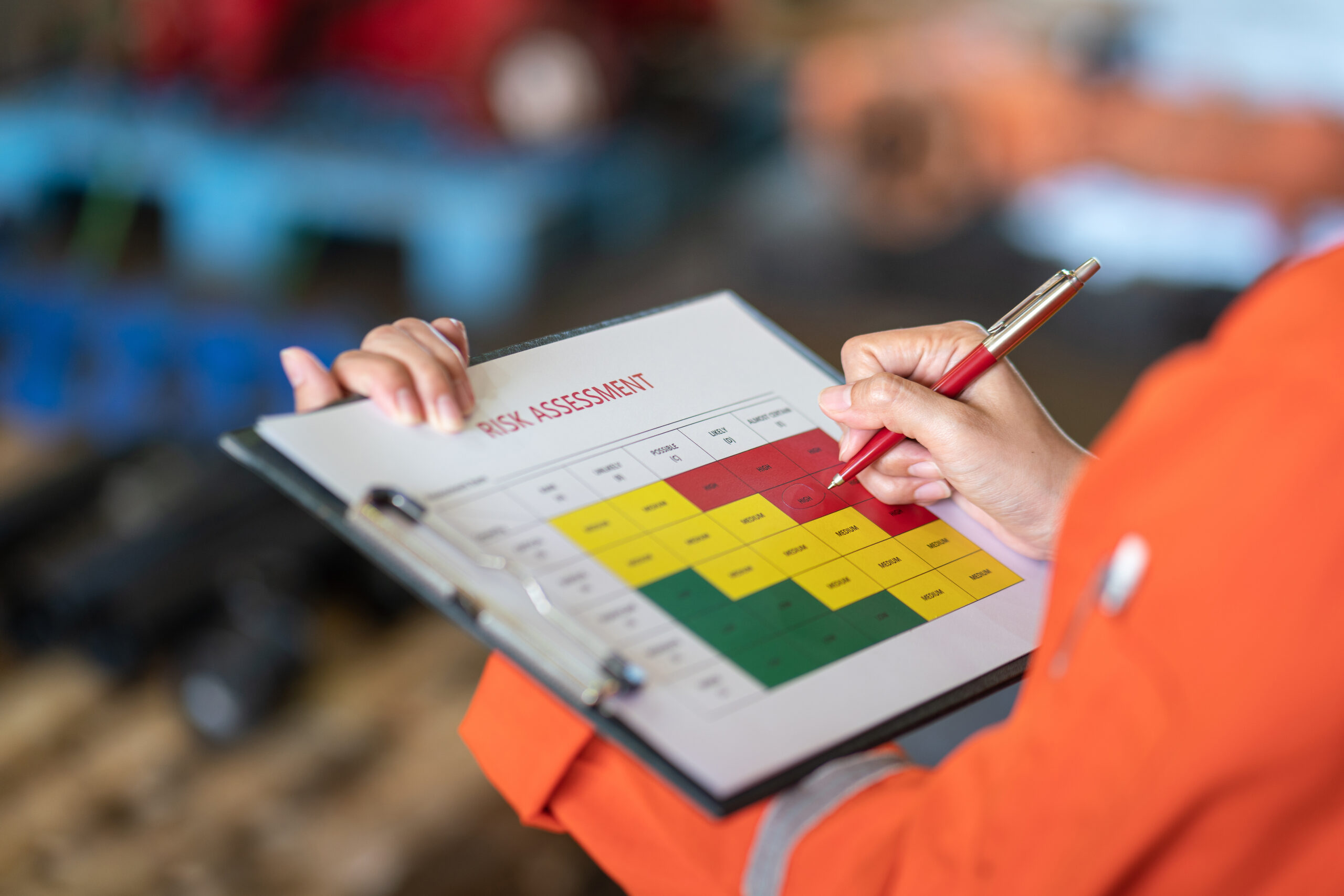
Contact one of our experts to get started on your next machine guarding project. Until then, browse our complete catalog to see our offerings.
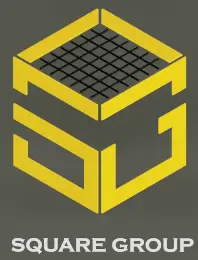
Square Group LLC
Proud Manufacturers and Suppliers of ROBO FENCE®